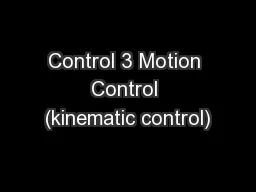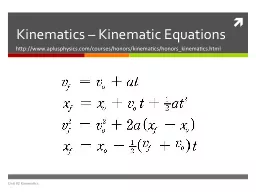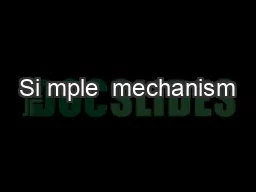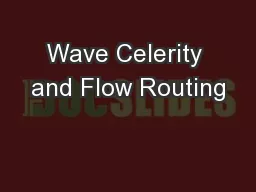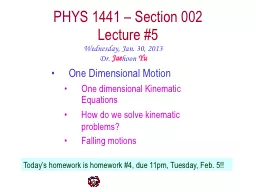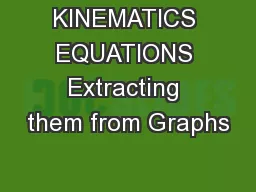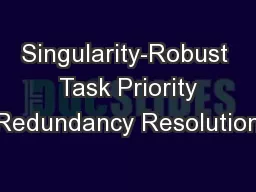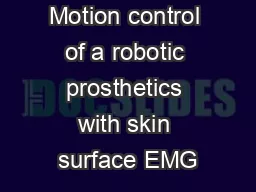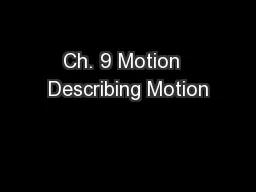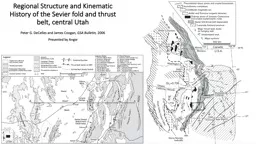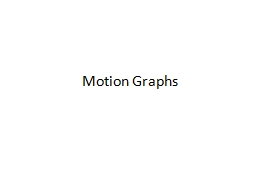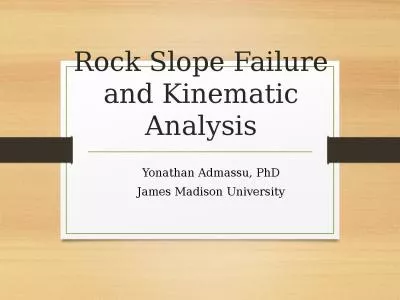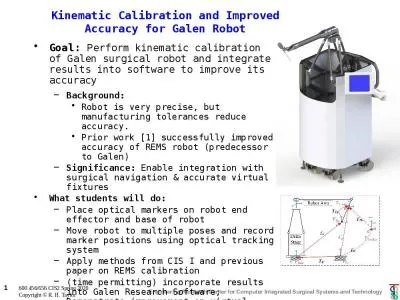PPT-Control 3 Motion Control (kinematic control)
Author : lindy-dunigan | Published Date : 2018-11-10
for mobile platform The objective of a kinematic controller is to follow a trajectory described by its position andor velocity profiles as function of time Motion
Presentation Embed Code
Download Presentation
Download Presentation The PPT/PDF document "Control 3 Motion Control (kinematic cont..." is the property of its rightful owner. Permission is granted to download and print the materials on this website for personal, non-commercial use only, and to display it on your personal computer provided you do not modify the materials and that you retain all copyright notices contained in the materials. By downloading content from our website, you accept the terms of this agreement.
Control 3 Motion Control (kinematic control): Transcript
Download Rules Of Document
"Control 3 Motion Control (kinematic control)"The content belongs to its owner. You may download and print it for personal use, without modification, and keep all copyright notices. By downloading, you agree to these terms.
Related Documents

